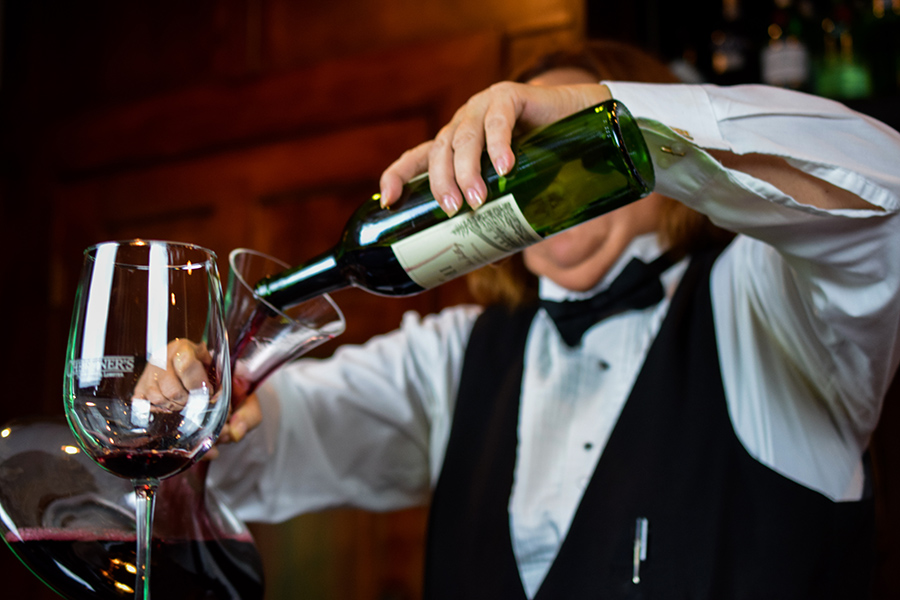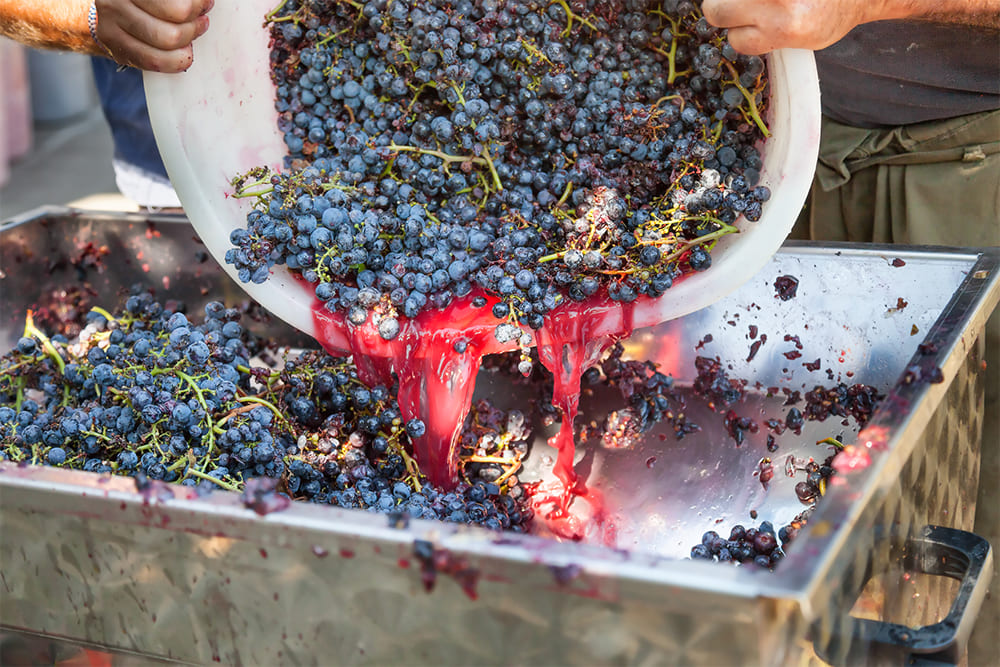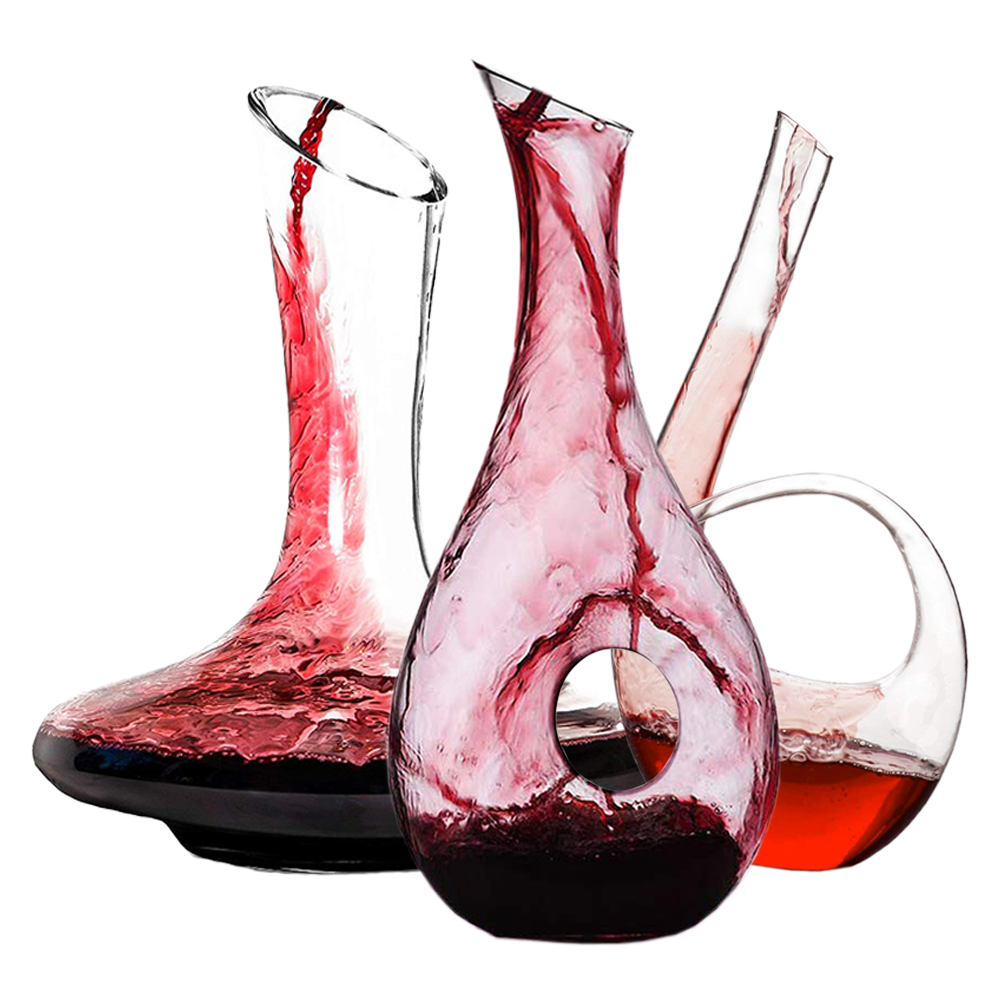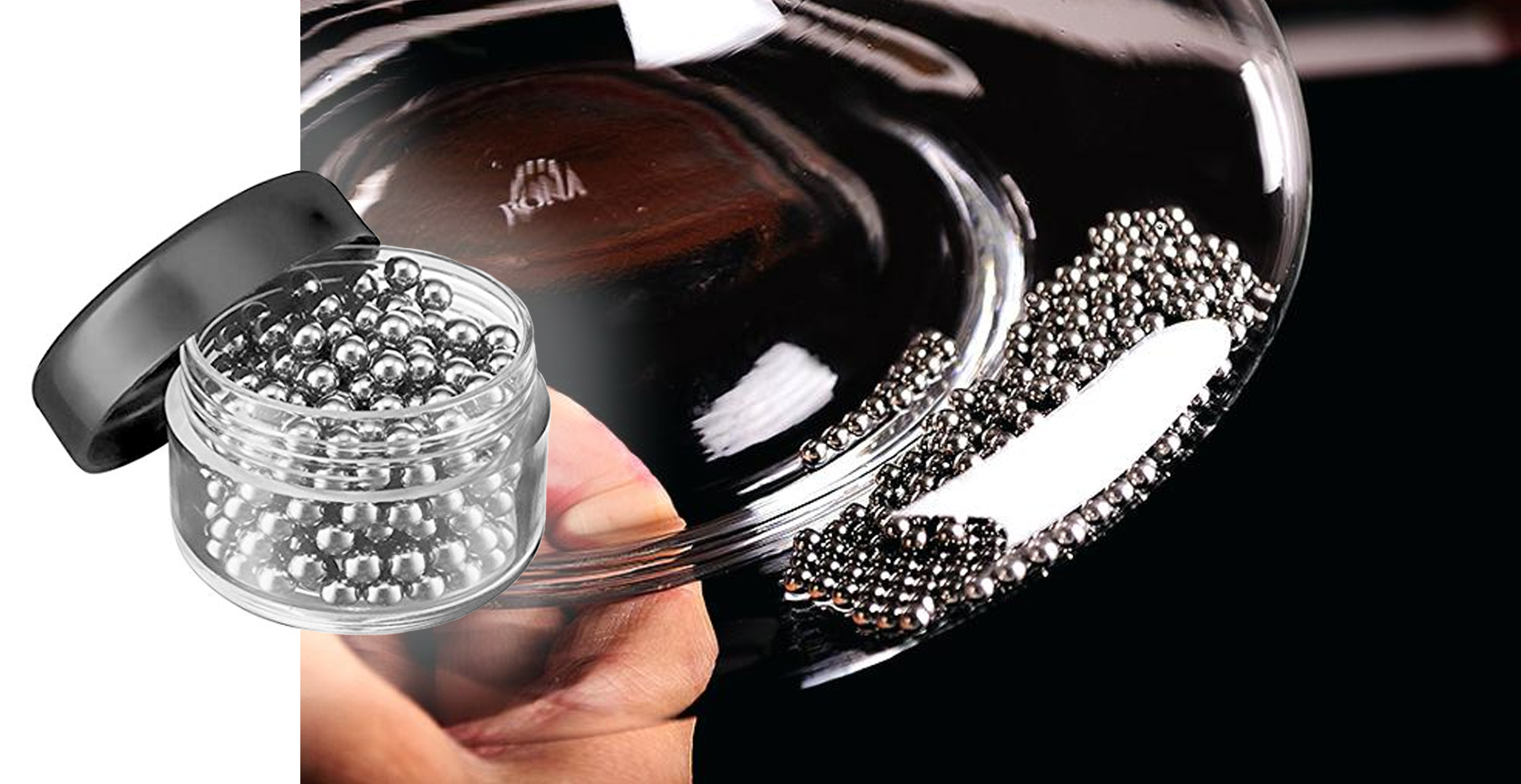The Science of Decanting Wine
Jan 10, 2019

The aroma and flavor of a bottle of red wine change drastically within the first ten to thirty minutes immediately after opening the bottle. Decanting the wine serves as a way to speed up this changing process – allowing the wine to aerate and release the full potential of the flavors and aromas.
Decanting wine is meant to soften the bitter taste of the tannins in the wine.

What is a tannin?
Tannins are found inside the skin of fruits and vegetables, so they are transported into wine from the grapes. They’re what give red wines their distinct, dry sensation and flavor.
This sensation is derived from the acidity of the tannins and the basicity of the saliva in your mouth interacting. When the two meet after a sip, it creates the bitter, puckering sensation of red wine.
Do all wines have tannins?
Yes, all wines have hints of tannins in them, but the amount & strength of flavor differs greatly. The first differentiation comes with whether the wine is red or white.
Red wine is made by fermenting the fruit of red grapes including the juice, skin, seeds, and pulp. For white wine, they use just the juice of white grapes.
Since tannins come from the skin of fruits, red wines have drastically more tannins than whites. This is what causes the more bitter taste in reds.
Tannins aren’t just found in wines, however. They can also be found in dark chocolates and strong black tea, for example.

Do I need to decant white wine?
As we just discussed, white wines have virtually no tannins, meaning there is little to no reason to decant white wines. The flavor profile of the wine simply won’t change due to aeration and exposure to oxygen. White wines can simply be poured and enjoyed straight from the bottle.
Different Decanters

We’ve all seen some beautiful, unique decanters. With so many options out there, how do you decide which one is the right one for you? When it comes to deciding on a decanter, there are three attributes to keep in mind.
Surface Area
The efficiency of a decanter comes down to the surface area. The more wine that is touching oxygen, the faster the aeration process. Virtually all decanters have enough surface area to get the job done.
Style/Aesthetic
Decanters are useful, but they also double as beautiful pieces of art. Be sure to pick one out that you like the style of so that you’re happy with showcasing it in your kitchen.
Ease of Cleaning
Many of the most aesthetically pleasing decanters are long, skinny and windy into a flat pool at the bottom. Be careful when purchasing this type of decanter as they can be difficult to rinse out after each use. If your decanter gets stained, you may need to look into wine decanter cleaning beads.

Join The Family
We like you. We want to stay in touch. Join our email list to stay updated on what‘s happening at Christner‘s.
For informational purposes only.

